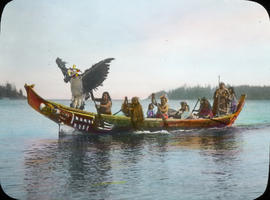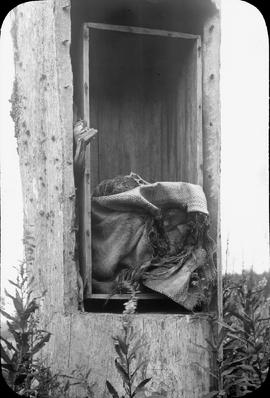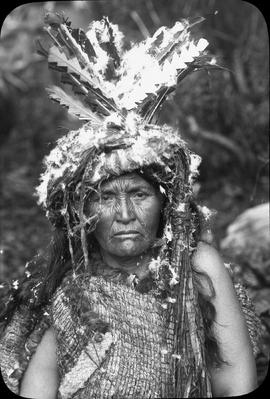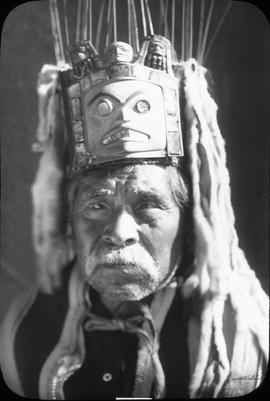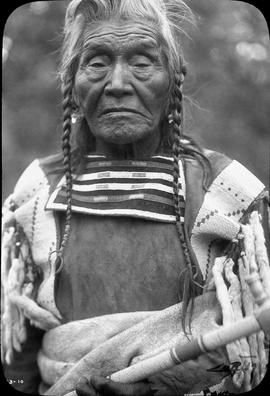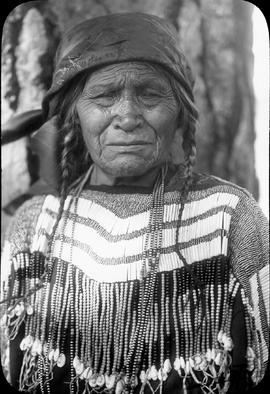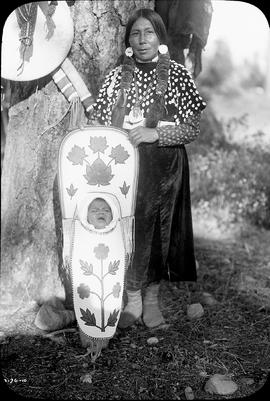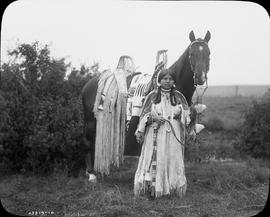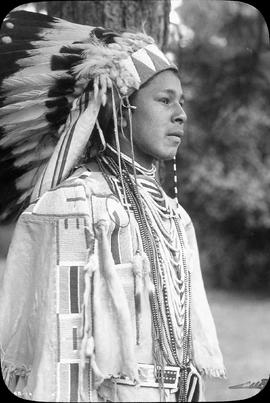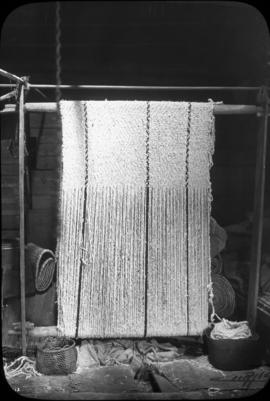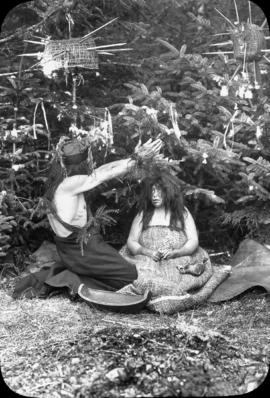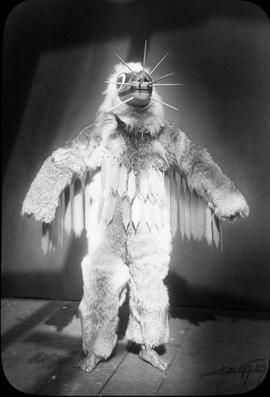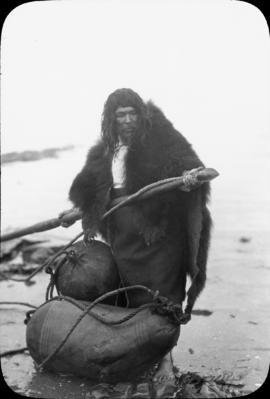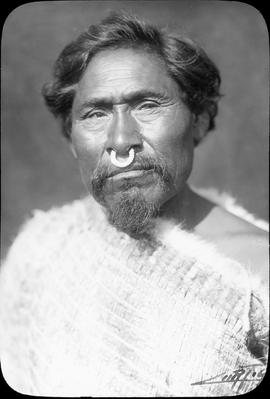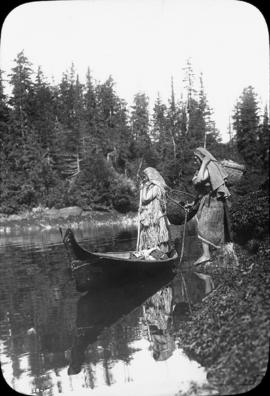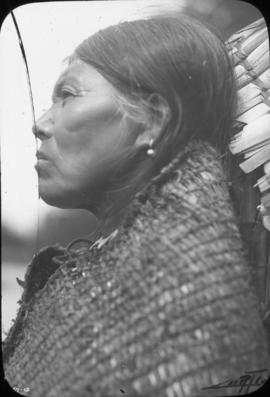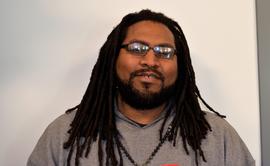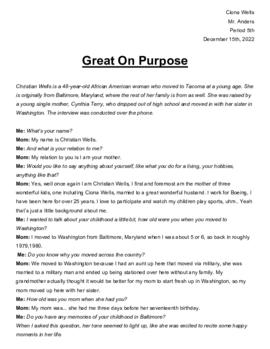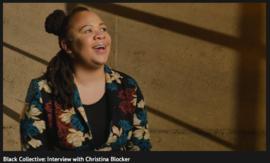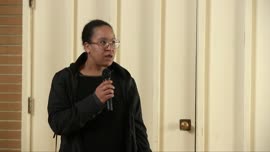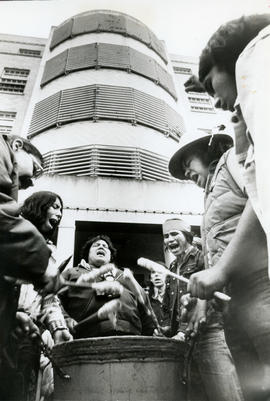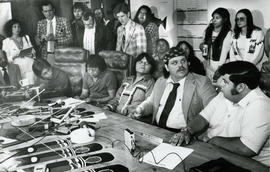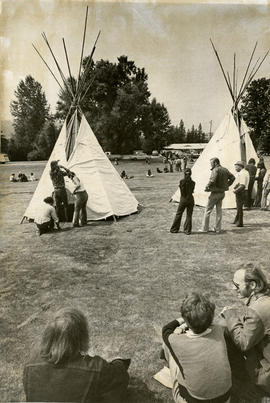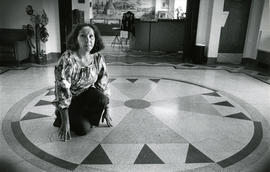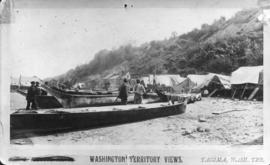- Item
- 1914
Part of Edward S. Curtis Collection
ca. 1914. Coming for the Bride - Qagyuhl "Wedding Party - Kwakiutl" Photograph by Edward S. Curtis. Scanned from Asahel Curtis, hand tinted lantern slide. Original photo appears in The North American Indian, v.10 Plate # 337. The Kwakiutl is a broad term used to describe the native tribes on the coast of British Columbia; the native word Qagyuhl describes the sub tribe resident at Fort Rupert. Marriage among the poor took place without ceremony, but with people of rank betrothal and marriage was ruled by customs and traditions. On the morning of the wedding day, a war canoe would be sent to the home of the bride. In the forward portion is a wooden effigy of a thunderbird. Behind the man in the bow is seated the human effigy. He wears a headdress representing the creature and a robe of eagle tail feathers and he imitates the bird by gesture and cry. They halt in front of the bride's home to sing, dance and make speeches. Hoping to raise funds for the publishing of his 40 volume North American Indian opus, Edward Curtis made a full length motion picture of the Kwakiutl way of life, "In the Land of the Headhunters." Work on the film ended in 1914 and it was considered a masterpiece. However, it was a financial disaster, only ever shown in New York City's Casino Theater and in Seattle. It gathered dust until 1924, when he sold the uncut master print and negatives to the American Museum of Natural History for $1500 and the resignation of all rights. It was later restored in 1972 and released as "In the Land of the War Canoes."
Indians of North America--Kwakiutl; Indians of North America--Canoes; Indians of North America--Rites & ceremonies;
